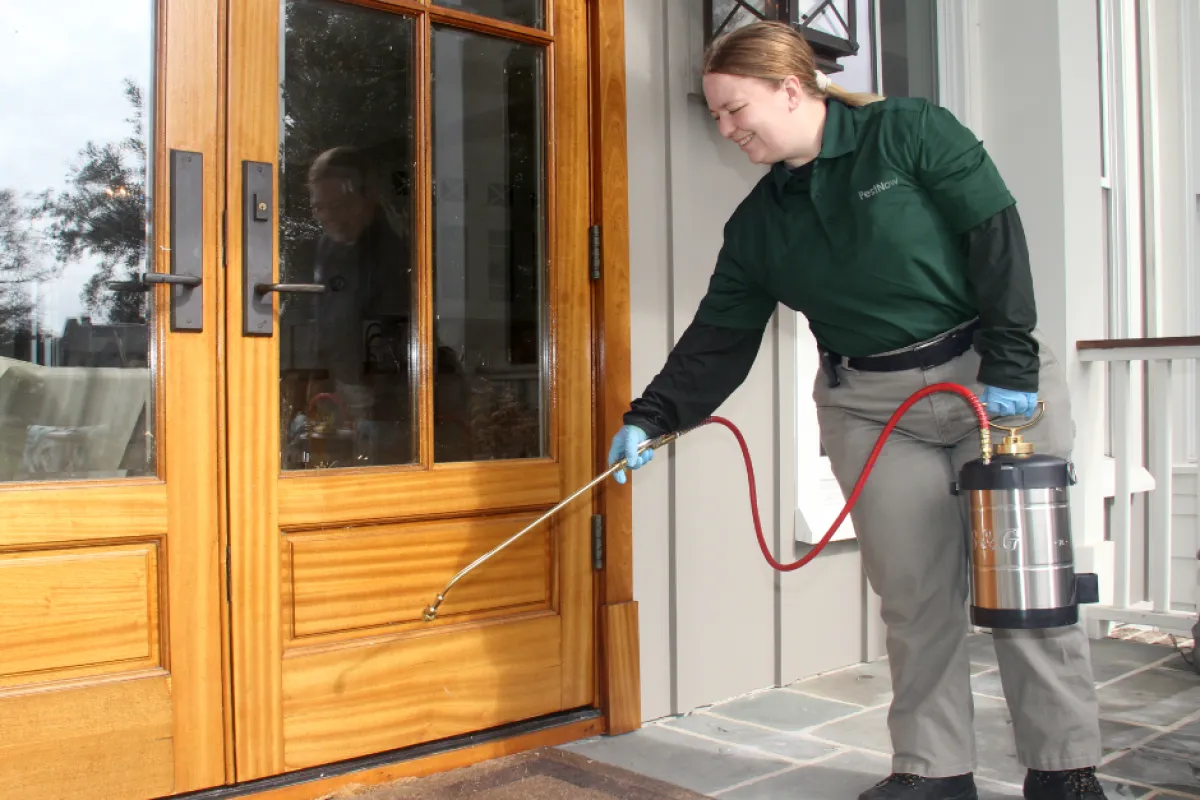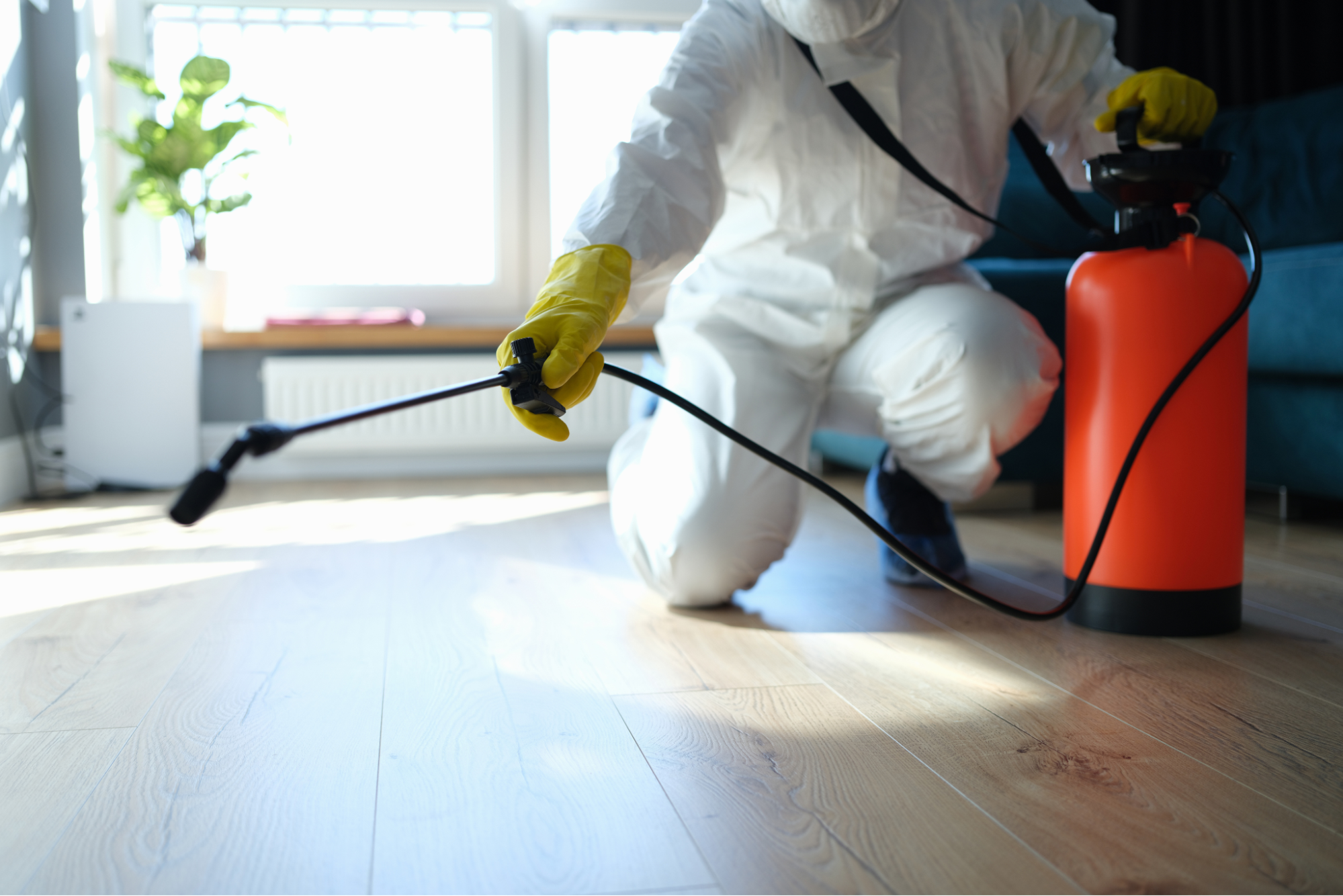A1 Bed Bug Exterminator Charlotte - Reliable and Budget-friendly Services
A1 Bed Bug Exterminator Charlotte - Reliable and Budget-friendly Services
Blog Article
Bed Pest Therapy Break Down: Comparing Chemical Vs. Non-Chemical Solutions
In the realm of parasite control, especially when taking care of the persistent concern of bed bugs, the choice in between chemical and non-chemical treatment services can be a critical one. Both strategies supply distinctive advantages and disadvantages, affecting factors such as efficiency, safety factors to consider, and general cost. By taking a look at the nuanced information of each technique, a more clear understanding of which course to pursue in addressing a bed pest problem can be obtained.
Efficiency of Chemical Treatments
Chemical treatments for bed bug infestations have been widely recognized for their rapid and potent efficacy in eliminating these pests. When considering the effectiveness of chemical treatments, it is vital to recognize that they can give a thorough and fast solution to a bed pest problem. Specialist exterminators typically rely upon insecticides to target bed pests at various phases of their life process, consisting of grownups, fairies, and eggs. These chemicals typically function by disrupting the bed pests' nerve system, bring about paralysis and ultimate death.
Additionally, chemical treatments have the benefit of supplying residual results, meaning that they can proceed to get rid of bed bugs also after the initial application. This recurring action is especially helpful in combating any type of prospective re-infestations. Furthermore, the quick activity of chemical treatments can bring relief to people facing severe bed insect problems, permitting them to reclaim control of their home promptly.
Security Problems With Chemical Solutions
One essential element that requires careful consideration when using chemical services for bed bug treatment is ensuring the security of residents and the setting. Exposure to particular chemicals made use of in bed insect treatments can lead to breathing problems, skin irritability, or other negative responses, particularly in people with pre-existing conditions or sensitivities.
Moreover, the ecological effect of chemical services is another considerable factor to consider. Some pesticides utilized in bed insect therapies may be hazardous to valuable bugs, wild animals, and ecological communities if they seep into the dirt or water systems. It is vital to use chemical therapies deliberately, following safety guidelines, and considering less toxic choices to minimize these risks and ensure the risk-free and effective management of bed pest problems.
Benefits of Non-Chemical Strategies
Considering the prospective safety and security problems and ecological influence associated with chemical options for bed pest therapy, checking out non-chemical techniques provides a promising choice with a number of distinct benefits. Non-chemical methods use a much safer option for households, particularly those with people, youngsters, or family pets conscious harsh chemicals. These techniques get rid of the risks of direct exposure to toxic compounds, decreasing the potential for adverse wellness effects. Additionally, non-chemical therapies are ecologically friendly, as they do not add to air or water pollution, making them a lasting choice for insect control.
In addition, non-chemical options can be effective in targeting bed insects, including hard-to-reach areas where chemical treatments may not pass through - A1 pest control services charlotte. A1 pest control services charlotte Methods such as heat therapy, vacuuming, vapor cleansing, and mattress encasements give detailed obliteration without the usage of hazardous chemicals.
Limitations of Non-Chemical Treatments

Additionally, non-chemical treatments typically call for several applications to attain successful obliteration. This can be taxing and may not always guarantee total removal of all bed bugs and their eggs, particularly in hard-to-reach or concealed locations.
Additionally, the success of non-chemical therapies greatly relies upon proper application and thoroughness, which can be testing for people without expert knowledge. Insufficient application of non-chemical techniques might lead to insufficient obliteration, bring about consistent problems and the need for extra therapies.
Therefore, while non-chemical therapies have their benefits, it is essential to acknowledge these constraints and consider them when establishing one of the most reliable strategy for managing bed bug infestations.
Expense Contrast: Chemical Vs. Non-Chemical Options
Given the restrictions connected with non-chemical treatments, a vital element to examine in the context of bed bug monitoring is the cost contrast between chemical and non-chemical alternatives. Chemical treatments commonly entail the application of pesticides by experts, which can range from $250 to $900 per area, depending on the seriousness of the problem and the size of the area to be treated. On the other hand, non-chemical therapies like warmth therapy or steam can be a lot more costly, with expenses varying from $1,000 to $6,000 for a whole home. While the initial price of chemical treatments may seem lower, numerous treatments might be called for to totally remove the problem, possibly enhancing the overall price. On the various other hand, non-chemical alternatives may give an extra sustainable and green service, although they can be cost-prohibitive for some individuals. Eventually, when taking into consideration the expense of bed bug treatment choices, it is very important to weigh the in advance costs versus the effectiveness and long-term sustainability of the picked technique.
Verdict

Taking into consideration the potential safety and security issues and ecological impact associated with chemical options for bed pest therapy, discovering non-chemical strategies presents an encouraging choice with a number of distinct advantages.Given the restrictions associated with non-chemical treatments, a crucial facet to assess in the context of bed bug monitoring is the cost contrast in between chemical and non-chemical options. In contrast, non-chemical therapies like warmth treatment or heavy steam can be much more costly, with expenses ranging from $1,000 to $6,000 for an entire home. While the first price of chemical treatments might appear reduced, several treatments might be called for to totally get rid of the problem, possibly boosting the overall expense.In conclusion, when contrasting chemical and non-chemical bed insect therapy choices, it is crucial to consider efficiency, safety, benefits, restrictions, and cost.
Report this page